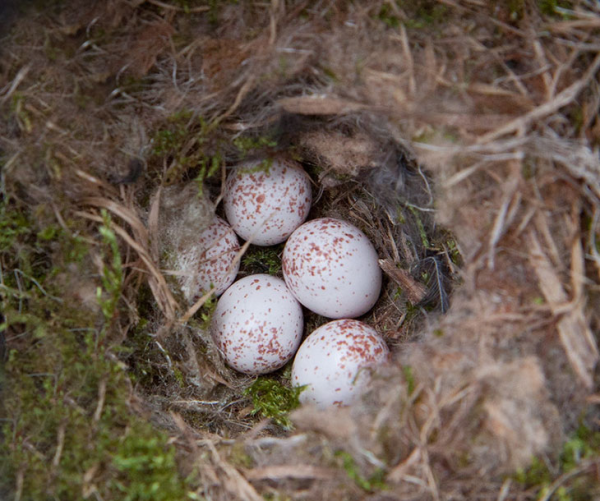
“Chickadee dee dee dee!” you might have heard before. This call belongs to the chickadee! Washington chickadees come in four main varieties: the Black-Capped Chickadee, Mountain Chickadee, Boreal Chickadee, and the Chestnut-backed Chickadee. Chickadees are small birds but have a fairly loud call. Chickadees lay around 6-8 eggs at a time. Their eggs have a speckled brown appearance.
They are found mostly in suburban areas and anywhere there are trees and greenery, lounging in trees or taking a bath in a bird fountain.
Chickadees, unlike many other birds, do not migrate in the winter. This is because chickadees are frequent visitors of bird feeders. Bird fe
eders are one of their main food sources during the winter because their natural resources are scarce. According to Wild Birds Unlimited, “When the temperature falls below 10 degrees, research has shown that the survival rate of chickadees almost doubled when they had access to feeders, this resulted in an overall higher winter survival rate of 69% versus a 37% survival rate for populations without access to feeders.” Staying home for the winter comes at a cost, however. Wild Birds Unlimited states “Chickadees can gain as much as 10 percent of their body weight each day and lose it all again during a cold winter night.” Can you imagine eating 10% of your own weight? Sounds like quite a bit!
Chickadees are very resilient little birds, toughing it out during the winter months by eating 10% of their own body weight, having a surprisingly loud call for being such a small creature, and laying a large number of eggs in proportion to their size. Very neat!








